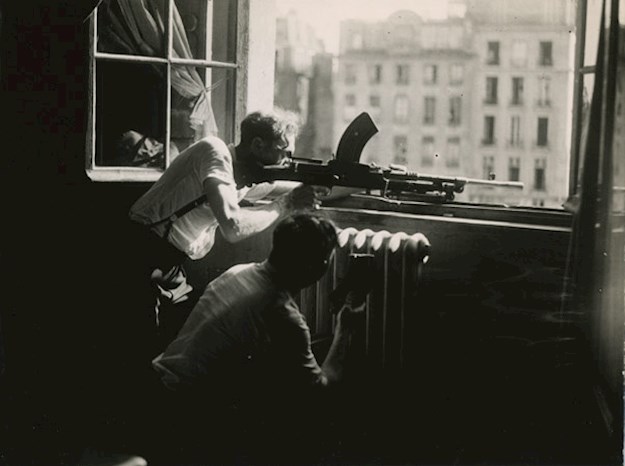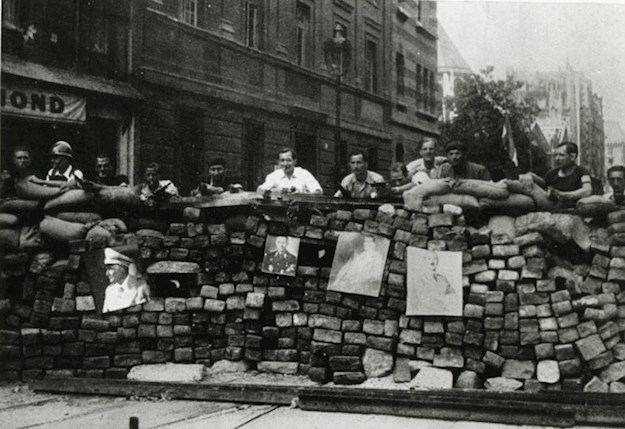Back to freedom and sovereignty
The liberation of Paris didn’t have Allied priority, but an uprising of the population against the Germans on 19 August made it necessary. Thus the 2nd French Armoured Division was sent to Paris and entered the city on 24 August. On 26 August a huge triumphal parade was held on the Champs-Élysées.
After defeating the German forces in Normandy, Allied armies rushed through France, trying to catch up retreating German troops. The liberation of Paris didn’t have priority, also because the risk of damaging the town. On 19 August 1944 however, the French resistance caused an uprising in Paris against the Germans. The German commander of Paris, Lieutenant-General Choltitz, was ordered to crush the insurrection and to destroy the city, as the Germans did in Warsaw.
To prevent this disaster, Charles de Gaulle insisted to interfere. Allied Command sent in Major-General Leclerc’s 2nd French Armored Division, supported by the U.S. 4th Infantry Division of Major-General Barton. A first group managed to infiltrate into the heart of Paris on the evening of 24 August.
On 25 August, the French and American forces were warmly welcomed by the Parisians. Choltitz and his staff were captured at the Meurice Hotel. The capitulation was signed at the Police Department on the Île de la Cité. After that, Choltitz was taken to the Montparnasse train station from where he ordered his troops to surrender. The next day, cheered by countless people, de Gaulle led the triumphal parade on the Champs-Élysées. France regained its national unity and sovereignty.



